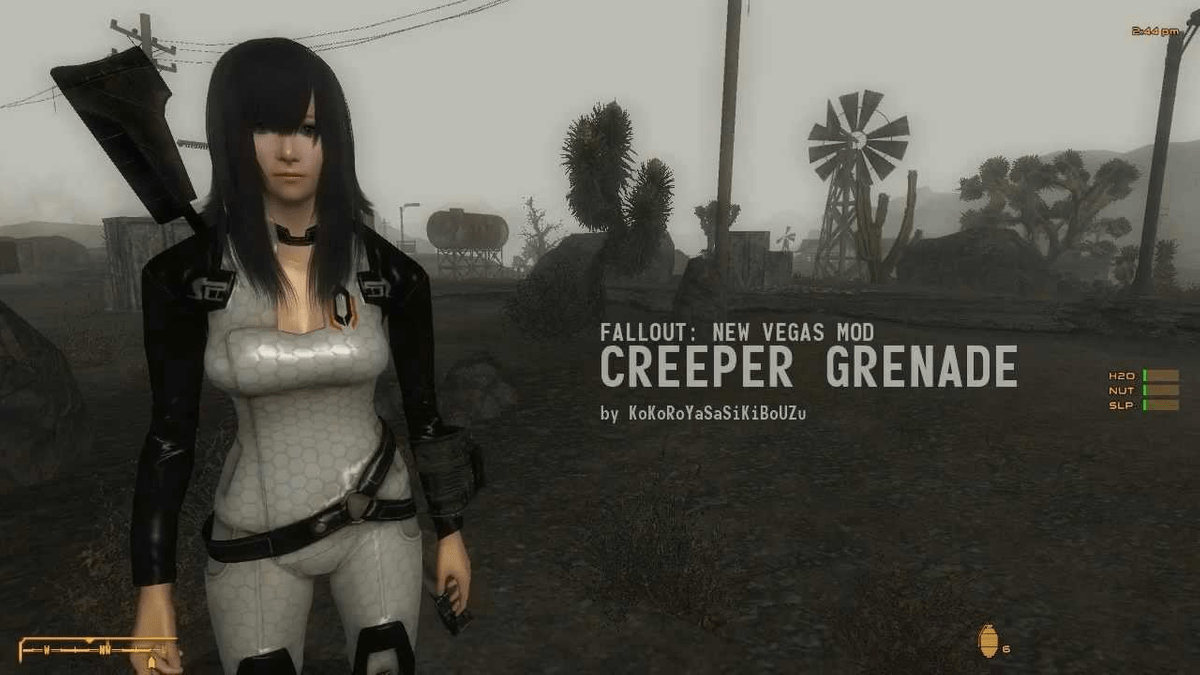Virtual Staging: The SEO Advantage
페이지 정보
작성자 Sonia 작성일 25-09-10 17:34 조회 28 댓글 0본문
Understanding Virtual Staging
Virtual staging is the online procedure of inserting furniture, décor, and finishes to images of vacant or lightly furnished homes. By using high‑quality 3D rendering tools, agents can offer a realistic, aspirational depiction of a home without the expense and logistical challenges of physical staging. Even though many sellers and brokers regard virtual staging only as a marketing tool, it also contributes significantly to enhancing search engine optimization for real‑estate sites.
SEO Significance in Real Estate Web Presence
Real‑estate listings compete in a competitive digital marketplace. Buyers often start their search on Zillow, and the first few pages of search results determine reach. SEO helps a site show up higher, attract more visitors, and ultimately convert traffic into leads. The factors that boost SEO include keyword optimization, premium content, fast loading times, image optimization, user engagement metrics, and link acquisition.
How Virtual Staging Enhances SEO
1. Content Rich in Keywords
Virtual staging images can be paired with comprehensive descriptions that naturally incorporate long‑tail search terms. Phrases such as "luxury kitchen with marble countertops" or "cozy living room featuring built‑in bookshelves" appear in alt text, titles, and in‑page copy. Search engines treat these textual cues as signals of relevance, improving rankings for those search terms.
2. Better Image Search Visibility
Images are a powerful traffic source. Adding descriptive alt text, filenames, and structured data, staged photos become discoverable in image SERPs. A higher share of image traffic can bring visitors to the site who might not have found the listing otherwise. Moreover, well‑optimized images trigger the "image carousel" in SERPs, giving the listing a visual edge.
3. Faster Page Loads and Lower Bounce Rates
High‑quality virtual staging photos are often produced with compression in mind. Unlike bulky physical staging photos that may load slowly, staged images can be served in next‑gen formats (WebP, AVIF) and responsive sizes. Faster load times reduce bounce rates and improve dwell time, two metrics that search engines increasingly factor into rankings.
4. Greater Engagement and Social Sharing
Staged listings tend to generate more likes, comments, and shares on social platforms and within the site’s own share buttons. These social signals, while not direct ranking factors, increase traffic and expose the listing to a wider audience, potentially attracting backlinks from local blogs or news outlets.
5. Structured Data and Rich Snippets
By embedding schema.org markup on real‑estate listings (including price, address, image, and agent contact), virtual staging images can appear in rich snippets. Enhanced listings show up with photos, price, and rating, attracting more click‑throughs—another positive SEO indicator.
6. Enhanced Internal Linking Opportunities
Staged images can be used in blog posts that discuss staging tips, interior design trends, or neighborhood highlights. These posts can link back to the original listings, creating a robust internal linking structure that distributes link equity across the site.
7. Supporting Local SEO
Staged photos often highlight local architectural styles or neighborhood features. By pairing them with geo‑targeted keywords ("Staged mid‑town Manhattan loft"), the site signals relevance to local search queries, boosting its visibility in map packs and local results.
Steps to Use Virtual Staging for SEO
- Select a trusted virtual staging provider with high‑resolution, realistic renderings.
- Optimize every staged image: use descriptive filenames (e.g., "3-bedroom-apartment-living-room-staged.jpg"), add alt text with target keywords, and compress images without losing quality..
- Embed structured data (RealEstateListing schema) on each listing page, ensuring images are included in the markup..
- Create engaging, keyword‑rich captions and paragraph text around the staged images, detailing design choices and layout advantages..
- Incentivize users to share listings on social media by placing prominent share buttons; more shares result in higher traffic and potential backlinks.
- Employ staged images in blog posts targeting long‑tail keywords and local phrases, linking back to the main listings..
- Monitor performance: track changes in impressions, click‑through rates, and conversion metrics after implementing virtual staging..
A mid‑size real‑estate agency in Austin added virtual staging to 200 listings over six months. They observed a 35% increase in organic traffic, a 12% rise in average session duration, and a 20% boost in listings that appeared in the first three search results VISIT FOR MORE their target keywords. The agency reported higher lead conversion rates, attributing the improvement to the enhanced visual appeal and improved SEO signals.
Final Summary
Virtual staging is more than a visual upgrade—it’s a strategic SEO lever. By combining realistic imagery with thoughtful keyword integration, fast loading practices, structured data, and engaging content, real‑estate websites can achieve higher rankings, attract more qualified traffic, and convert visitors into clients. Investing in quality virtual staging today can pay dividends in visibility and revenue tomorrow.

- 이전글 Green Virtual Staging: Eco-Conscious Design Choices
- 다음글 Overcoming Virtual Staging Hurdles for Agents
댓글목록 0
등록된 댓글이 없습니다.

